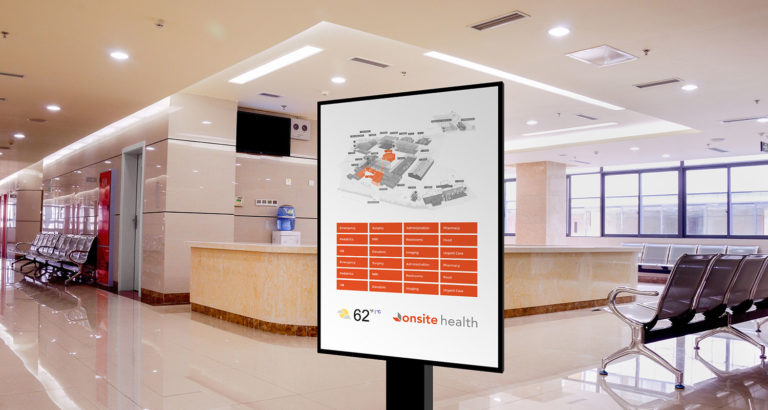Digital Wayfinding for a Better Customer Experience

A stellar customer experience can come in a variety of shapes and sizes. But in every great customer experience are some common themes, one of which is ease. When a customer has to take an action that is difficult, it quickly becomes frustrating. This causes an otherwise smooth experience to sour in an instant. How does this impact you, as a project manager? You hold the power to include digital wayfinding signage in your next build or current renovation. This can go a long way in making things easy on the customer, and improving the overall experience. Here’s some more information.
Digital Signage Options
Digital wayfinding signage has advanced quite a bit in recent years. The technology now includes touchscreen devices, directional speakers and kiosk enclosures to ensure that all visitors will enjoy an intuitive wayfinding experience. Such touchscreens are interactive, displaying useful content and even 3D maps to help those using them.
On the back end, facility managers are able to easily edit floor plans and make changes as needed. If a senior living center is in the midst of a renovation, for example, the staff could quickly update the digital signage to reflect temporary location changes. It also offers facilities a way to reinforce their branding and share necessary information.
One of the most exciting tech improvements in recent years is mobile wayfinding. People are already accustomed to using their smartphones and other devices for wayfinding (e.g. Google Maps, Apple Maps, etc.). Now facilities can integrate dynamic maps with their digital signage, so visitors have directions in the palm of their hands.
Depending on the exact tech used, visitors who opt in to this will receive maps and/or directions directly on their phone or device, through email, SMS or a QR code. All they have to do is follow the route displayed, and they’ll get to their destination swiftly and easily.
Inclusive Wayfinding
One of the best things about new wayfinding technology is that it caters to everyone who may encounter it. For instance, kiosks include directional audio speakers to help those who are unable to see and read the screens. Another useful technology that’s been incorporated into digital wayfinding is text-to-speech audio. Kiosks and other forms of digital signage can offer turn-by-turn instructions to help someone get from Point A to Point B, and also can let users know which routes are best for those in wheelchairs.
In order to set your next project up for success, it’s important to remember the end customer experience – and how digital wayfinding signage can impact it. Need help incorporating this tech for the first time, or transitioning from static signage to digital signage? We can help! Just give us a call.
